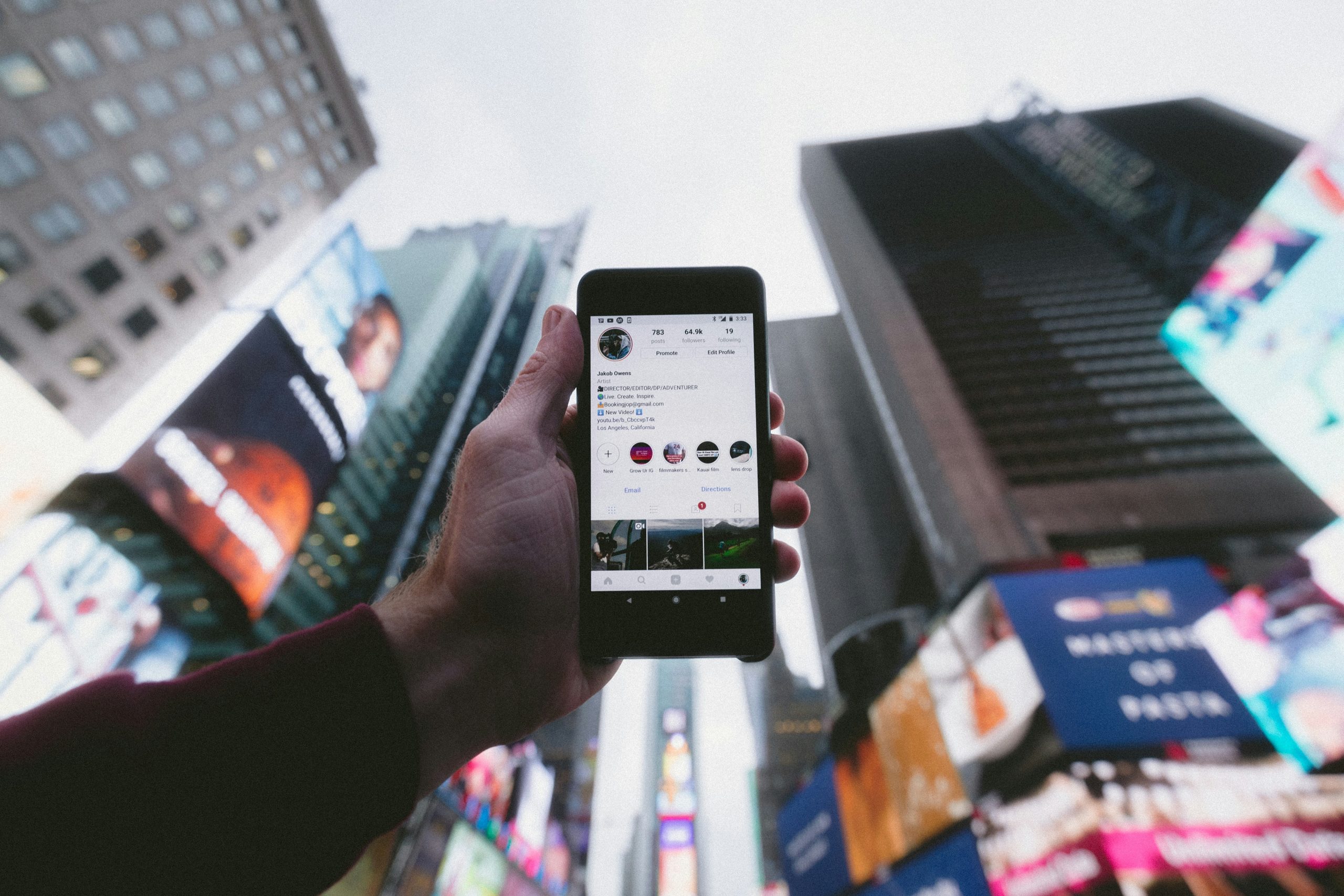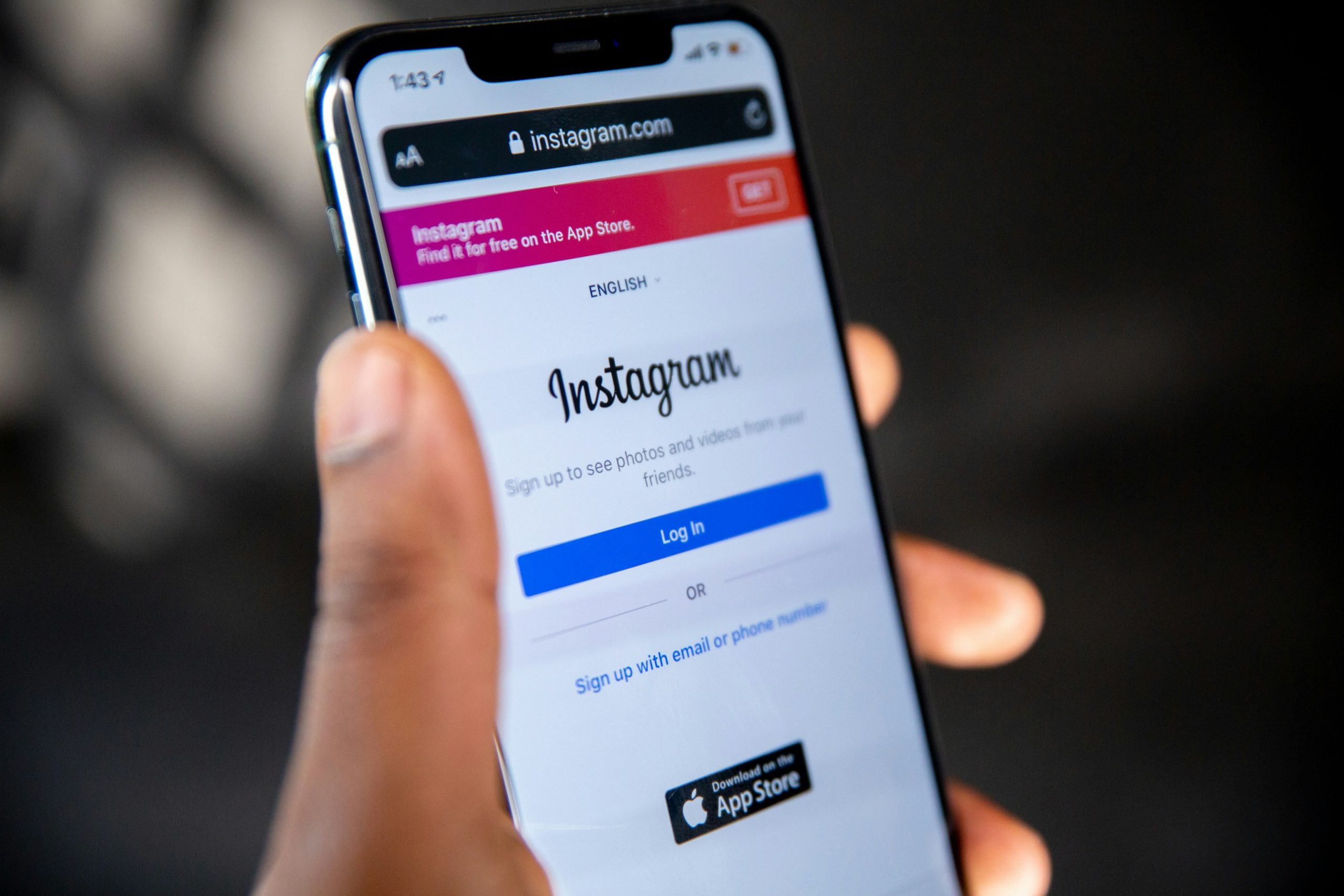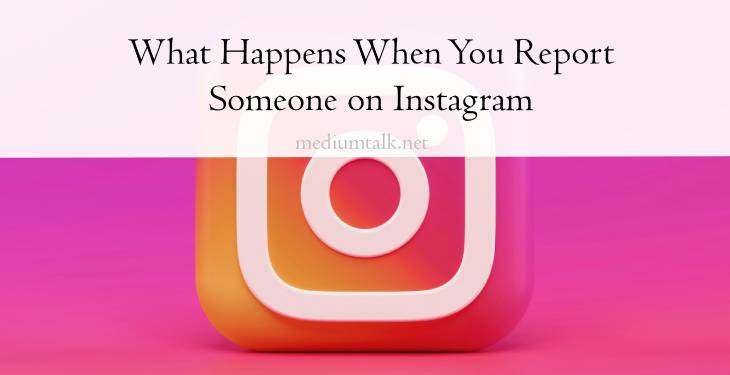Instagram is not just a playground for influencers and brands; it’s also a space where users encounter harassment, misinformation, and harmful content. Reporting someone may seem like a simple click in response to an unpleasant experience, but behind the scenes lies a complex system designed to address these issues—and sometimes even unintended consequences. In this article, we’ll peel back the layers of Instagram’s reporting mechanism to reveal how your actions might lead to greater accountability—or perhaps even deeper dilemmas within your online community. Join us as we explore what really happens after you make that pivotal decision to stand up against inappropriate behavior on one of the world’s most popular platforms.
Understanding the Reporting Process
When a user reports someone on Instagram, the process triggers an intricate system designed to uphold community standards and ensure a safe environment. After submitting a report, users often wonder what happens behind the scenes. Instagram employs a dedicated team of moderators who review reported content within 24 hours, drawing from robust guidelines that prioritize user safety and platform integrity. This swift response not only addresses immediate concerns but also reinforces the importance of community vigilance.
It’s fascinating to note that reporting isn’t just about flagging inappropriate behavior; it’s also an opportunity for collective learning and improvement. Each report contributes to larger data trends that help Instagram refine its algorithms and enhance its policies over time. By analyzing patterns in user behavior and feedback, the platform continuously adapts to emerging threats or issues that may not have been evident before. Users play a crucial role in this ongoing dialogue, as their input directly influences how effectively the platform manages harmful content—making each individual action part of something much bigger than themselves.

Types of Violations You Can Report
When it comes to reporting violations on Instagram, users should be aware that there are several categories beyond the obvious. One often overlooked type is harassment, which can manifest in various forms such as consistent bullying through comments or direct messages. Not only does this behavior create a toxic atmosphere, but it can also have a significant impact on the emotional well-being of individuals targeted by such actions. By harnessing Instagram’s reporting features, users empower themselves and others who might feel too intimidated to speak up.
Another prevalent violation is intellectual property infringement, which occurs when someone uses another person’s content without permission. This could be anything from artwork to photography being reposted without credit or consent. Reporting these instances not only safeguards creative integrity but also fosters respect within the community for original work. Engaging with these complexities allows users to take an active role in cultivating a respectful online environment while keeping their feeds authentic and inspiring.
What Happens After You Report
Once you hit that Report button on Instagram, your action triggers a comprehensive review process aimed at fostering a safe online environment. The platform employs a mix of automated systems and human moderators to assess the content you’ve flagged. This means the report is not just disappearing into a void; instead, it’s analyzed for context, intent, and potential harm. Fresh perspectives arrive as algorithms sift through similar reports, enabling Instagram to identify patterns indicative of wider issues.
If your report leads to an actionable outcome—whether it’s removal of harmful content or even account suspension—you may not receive specific feedback due to privacy policies. However, this anonymity doesn’t diminish your contribution to creating a better community; each report helps build data that informs future policy adjustments and enhances safety features. Consider that by reporting inappropriate behavior or content, you’re playing an essential role in shaping the culture of Instagram itself—a powerful reminder that collective action can lead to significant change in digital landscapes.

Potential Outcomes of a Report
When you report someone on Instagram, the outcomes can vary significantly based on the nature of the violation and the platform’s assessment. One potential outcome is swift action against accounts that engage in harassment or hate speech. This not only means the offending account might be temporarily or permanently suspended but also sends a powerful message to your community: such behavior won’t be tolerated. Engaging with platforms about violations fosters a safer environment for users, as reports can lead to enhanced moderation practices.
However, not all reports yield immediate results. Sometimes, a user may feel unsupported if they see little change after reporting offensive content. This gradual process can spark dialogue within communities about mental health resources and support systems available for those affected by online toxicity. Moreover, a lack of punitive measures may push users toward advocacy; they might convert their frustration into awareness campaigns or educational efforts to combat cyberbullying and promote digital wellness, ultimately making social media spaces more constructive places for genuine interaction and connection.
Privacy and Anonymity in Reporting
When users decide to report someone on Instagram, the importance of privacy and anonymity becomes paramount. Individuals often fear retaliation or social ostracism from their peers, which can inhibit them from taking action against harmful behavior. Instagram provides a layer of protection by keeping the reporting process discreet; users receive assurance that their identities will remain hidden. This aspect is crucial in fostering a safe environment where individuals feel empowered to speak out without fear.
Moreover, this protective measure encourages community vigilance and accountability. When individuals know they can report offensive content without revealing themselves, they are more likely to take a stand against bullying, harassment, or misinformation. It creates an ecosystem where integrity flourishes over time, as users realize that their contributions—however small—can lead to significant changes in online dynamics. Striking the right balance between accountability for offenders and safeguarding those who report remains essential for maintaining trust within the platform’s community ethics framework.
![]()
Consequences for the Reported User
When a user reports someone on Instagram, the consequences can extend far beyond just the account in question. For the reported individual, an investigation ensues, typically conducted by Instagram’s moderation team. Depending on the severity and context of the violation—whether it’s harassment, hate speech, or spamming—the individual could face anything from a warning to a complete suspension or banning of their account. This not only affects their social identity but can also have repercussions for businesses and influencers who rely heavily on their online presence.
Moreover, being reported can set off a chain reaction within someone’s social network. Friends and followers may become wary or even defensive towards them while they await resolution. In many cases, this moment of scrutiny can act as an opportunity for introspection; some users come to recognize harmful patterns in their behavior after facing public accountability. Ultimately, reporting isn’t merely about enforcing community guidelines; it serves as a crucial mechanism encouraging healthier interactions online—pushing users to reflect on their actions and fostering an environment where respect prevails over negativity.
Conclusion: Importance of responsible reporting practices
Responsible reporting practices are crucial in fostering a healthier online community. When individuals report content or users on platforms like Instagram, their motivations can greatly influence the overall digital landscape. Thoughtful reporting helps ensure that valid concerns are addressed while preventing the escalation of conflicts and unwarranted censorship. An environment encouraged by well-considered reports empowers users to express themselves freely without fear of undue repercussions.
Moreover, responsible reporting also helps define the criteria under which social media etiquette evolves. By engaging in constructive feedback and distinguishing between genuine harm and personal disagreement, users can collectively shape policies that create a safer experience for everyone. This nuanced approach not only protects individuals from harassment but also strengthens the community’s integrity, encouraging creativity and open dialogue devoid of toxic behavior. Ultimately, every report represents a choice—one that reflects our commitment to uphold respect and accountability within our digital spaces.
